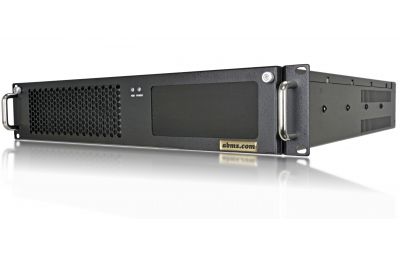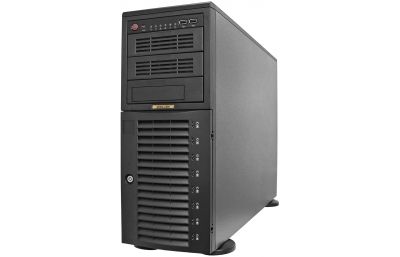What’s the difference?
Architecturally they are similar; Both use NAND gate flash memory designs. SLC drives contain 1 bit per memory cell while MLC drives contain 2 bits per cell. The primary difference between cell structure affects the overall performance and speed of the hard drive. All SSDs have the performance boost seen with .1 millisecond seek times (100 x faster than SATA drives). Both drives also share the same negative aspects. For instance, flash memory in its nature has a limited number of write cycles. While these numbers are relatively high there is still the irreplaceable data loss on the drives due to deterioration.
MLC drives
have the added benefit of multiple bits contained in each memory cell on the flash module. Having multiple bits per cell increases the overall capacity of the drive and drastically reduces the price to the consumer. However, the MLC drive operates at slower read/write cycles compared to an SLC drive. This is due to the fact that the firmware has to traverse multiple levels of information to place its 1′s and 0′s in the right place. MLC drives also have more deterioration rates than SLC drives since multiple bits of data are stored on a single potentially failing memory cell. New updates in firmware through manufacturers like OCZ, Intel, and Samsung have greatly optimized the read/write capabilities of MLC drives bringing them much closer to SLC levels. The added benefit of affordable fast storage, fast seek times, and newer firmware have made MLC hard drives a very viable option from desktop enthusiasts to business solutions.
SLC drives
has flash memory with 1 bit per memory cell. This is highly efficient for read and write times combined with the .1 millisecond seek time. The drawback to using these drives is the cost. It is double to triple the cost of an MLC drive to manufacture an SLC drive. However, SLC drives are certainly much more efficient at what they do and have a much higher write cycle lifetime. An MLC drive lasts on average about 10,000 write cycles while an SLC drive can last 100,000 write cycles. For long term critical projects where drive failures are too much of an inconvenience, an SLC drive is definitely the best option.
Overall
the choice between the two drives is up to the user and what is required of the system. MLC drives are much more economical and new firmware replacing the junk JMicron controllers are making the MLC the most attractive option for consumer to enterprise grade solutions. However, for certain applications of these drives the 10,000 write cycle limitation of MLC drives can definitely be a sour spot for them. In this case, SLC drives, while more expensive, are the best solution.






